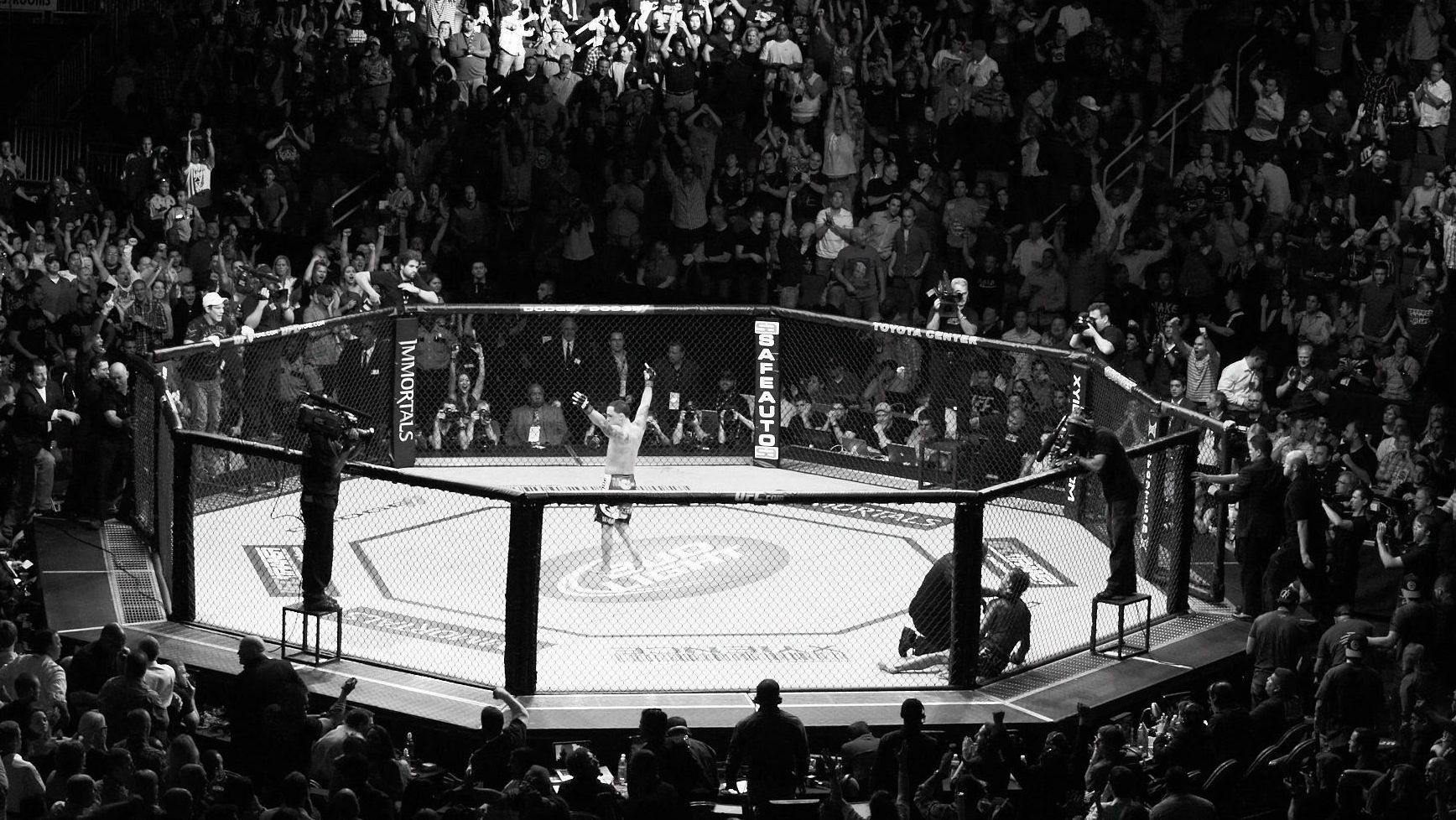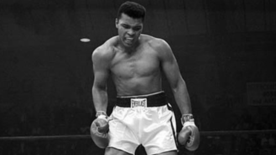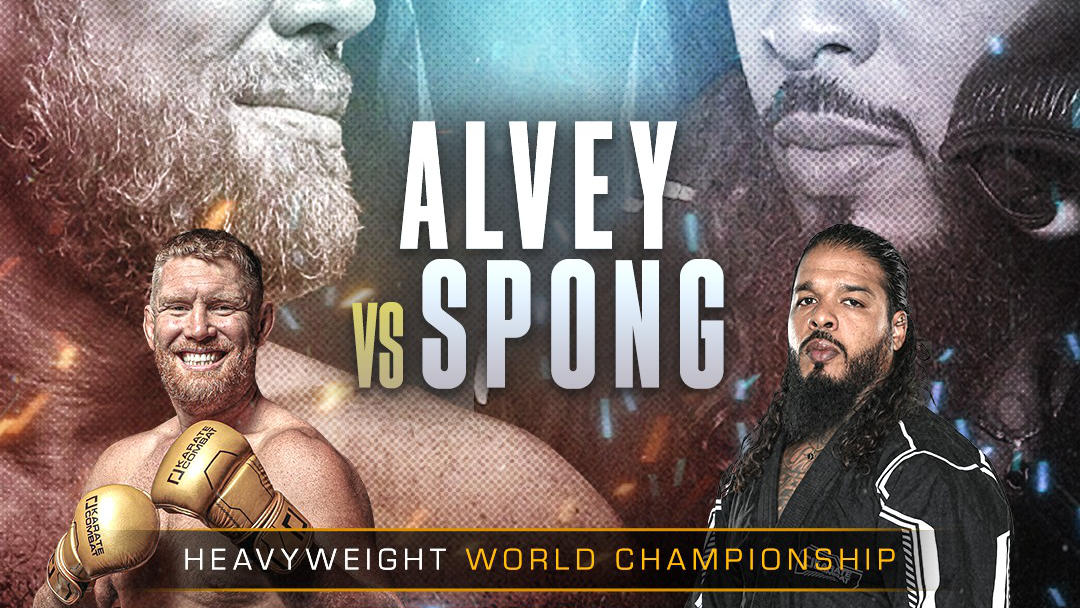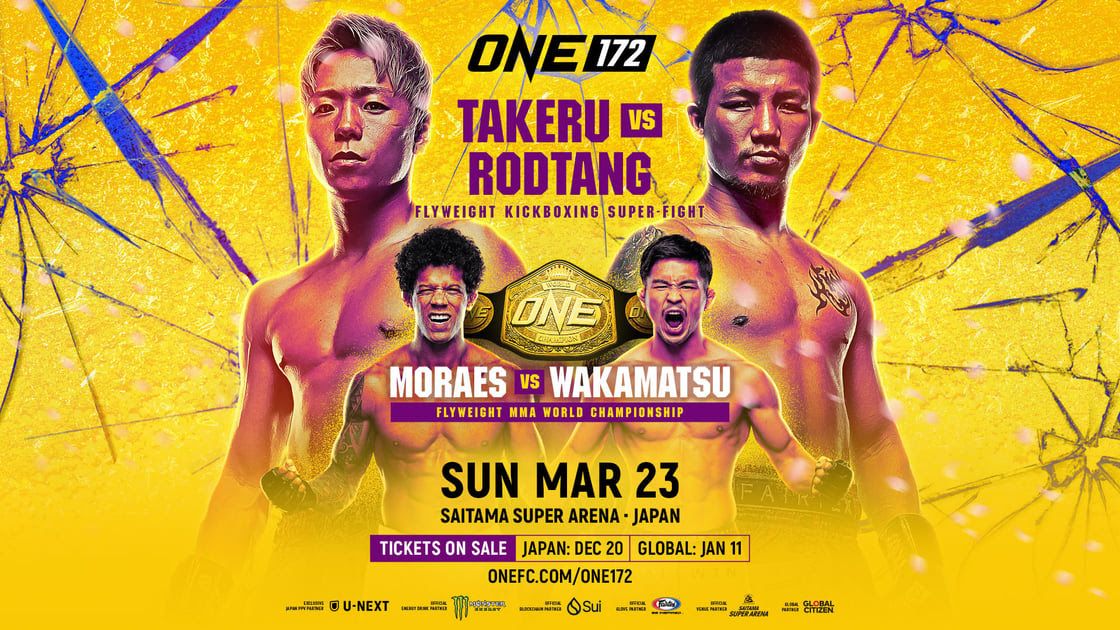Mixed Martial Arts (MMA) is experiencing unprecedented global growth. What began as a niche combat sport has transformed into a global phenomenon with millions of fans, a solid amateur structure, and a growing call for recognition on the world’s biggest athletic stage: the Olympic Games. The question is: is MMA ready for the Olympics? And more importantly: is the world ready?
From Underground to Mainstream
Twenty years ago, MMA was often associated with basement gyms, obscure halls, or shady pay-per-view events. Today, that image has completely changed. MMA has undergone a full transformation. Thanks to clear rules, professional organizations, and international tournaments, the sport has matured.
Organizations like the UFC, PFL, and ONE Championship attract millions of viewers worldwide. But the sport is also gaining ground at the amateur level. With support from institutions like IMMAF and GAMMA, a transparent and well-structured foundation of national federations, training programs, and tournaments is being built.
Olympic Potential: Four Reasons Why
The sport’s professionalization is one reason why MMA is now considered a serious contender for Olympic recognition. But there are more factors driving this momentum:
Global Appeal
With a fast-growing fan base—especially among younger audiences—MMA aligns perfectly with the IOC’s goal of making the Games more appealing to new generations. Just as skateboarding and breakdancing were added, MMA seems like the logical next step.Technical Depth
MMA combines numerous fighting styles. The blend of wrestling, jiu-jitsu, striking, and strategy demands exceptional versatility. It’s one of the most complete and demanding combat sports.Strong Amateur Foundation
With recurring world championships, European tournaments, and youth events, the IMMAF is showing that the sport is growing from the grassroots up. More and more countries are investing in national amateur MMA programs.Support from Icons
Prominent figures like Khabib Nurmagomedov are using their influence to get MMA on the Olympic agenda. This kind of support helps break down resistance within more traditional sports institutions.
The Fighter’s Story: From Cage to Championship
But what does this development mean for the athletes themselves?
“For me, it’s more than just fighting. It’s a dream to one day represent my country at the Olympic Games.”
So says Soumia El Hamdaoui (24), a Dutch amateur MMA fighter who competed at last year’s IMMAF World Championships. She trains daily in Amsterdam while studying physiotherapy.
“MMA has everything: discipline, technique, mental strength. When I started, I never thought this could become an Olympic sport. But now I feel: it can happen.”
She’s not alone. Tomasz Grabowski from Poland, silver medalist at the 2023 IMMAF European Championships, shares the sentiment:
“The structure is there. The rules are in place. The sport is alive among young people. What’s missing is the political push from the IOC.”
Challenges MMA Still Faces
However, it’s not just a matter of momentum. Serious hurdles remain before MMA can achieve Olympic recognition.
Safety concerns: Despite protective rules in the amateur circuit, public perception of danger remains a concern for the IOC.
Recognition by sports authorities: IMMAF is still undergoing the process of official recognition by WADA and GIASF, two necessary steps toward Olympic status.
Logistical challenges: Finding a competition format that fits within the tight Olympic schedule is a puzzle. Fights require recovery time, which makes planning complex.
Nagoya 2026: A Crucial Milestone
Still, there is hope on the horizon. The inclusion of MMA in the 2026 Asian Games in Nagoya, Japan, is a historic moment. This prestigious event, recognized by the Olympic Council of Asia, is seen as a major stepping stone toward eventual Olympic inclusion.
For the sport, this means a major boost in visibility, infrastructure, and legitimacy.
What This Means for the Future of MMA
Olympic recognition would elevate MMA at all levels:
It would inspire young athletes to start training earlier;
Clubs and federations would benefit from increased funding;
Coaching and medical support could become even more professionalized.
For fighters like Soumia, it means something even more personal:
“I may not still be competing by then, but I want to be able to say I helped build this.”
Warrior Code will be following these developments closely. Because what began as a sport outside the spotlight is on an unstoppable rise—from gym to cage, from championship to world stage, and maybe very soon: from octagon to Olympic gold.


















